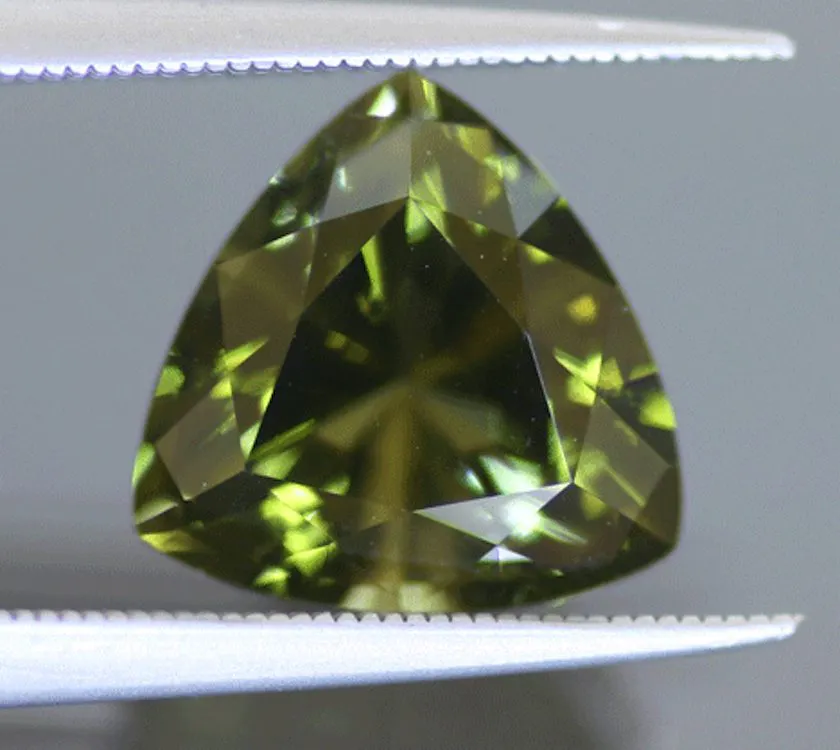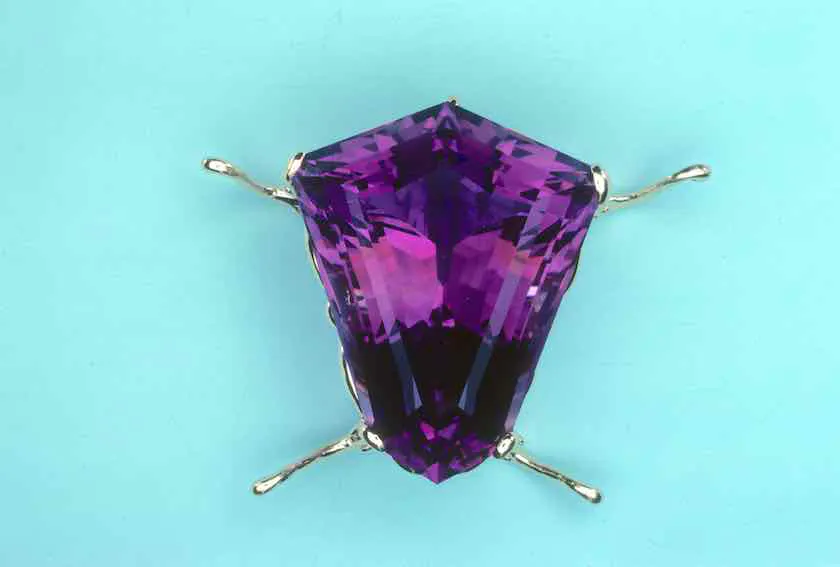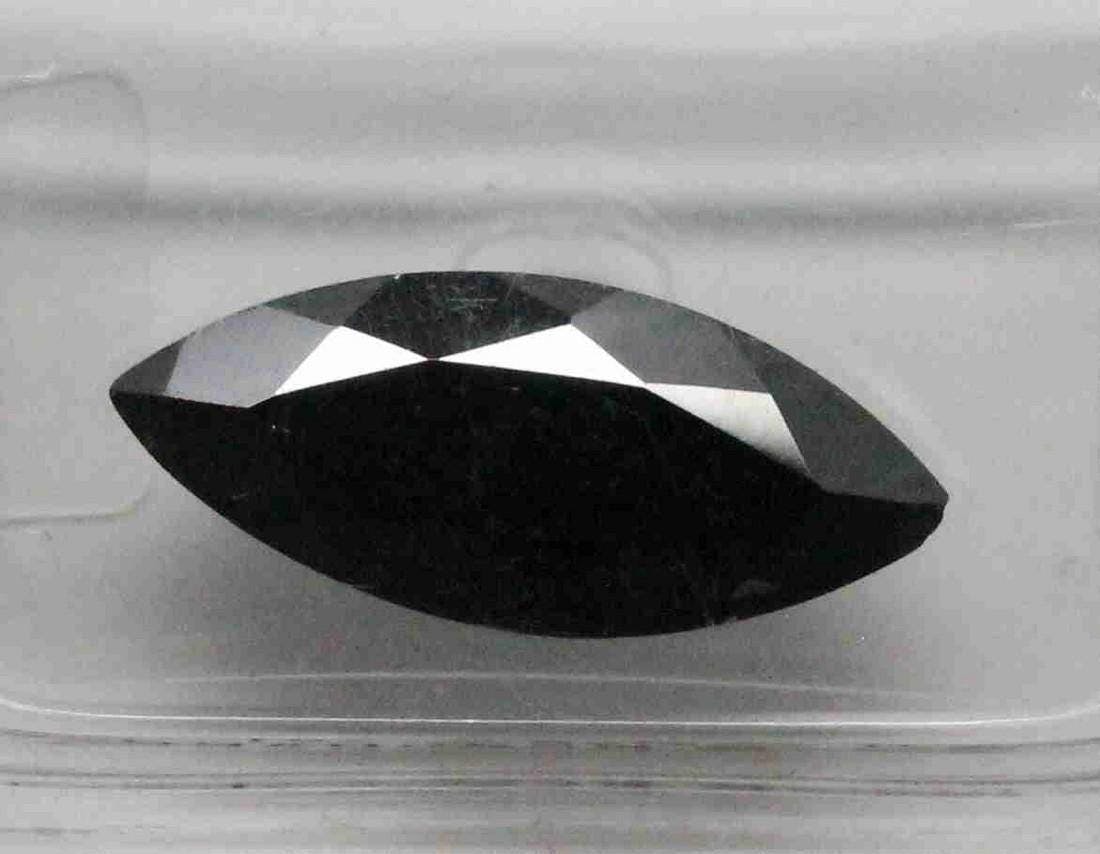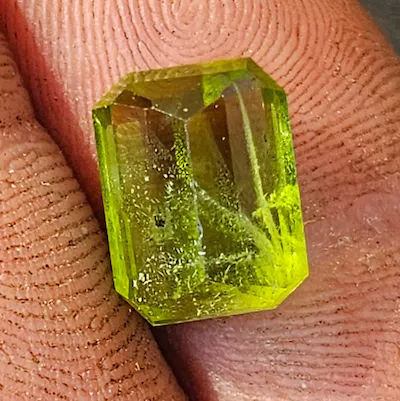Information about Ruby, News
How Much Does Ruby Cost Per Gram?
Ruby – the radiant, valuable gem recognized for its vivid red hue and unparalleled allure. What is the cost of a single gram of ruby? The price is determined by a multitude of factors, including carat weight, color, and clarity. In this context, we will delve into the realm of ruby pricing, shedding light on intriguing insights. For a comprehensive understanding of ruby pricing and its nuances, delve into the informative resources available on the Melogems!
Ruby prices may range from hundreds to thousands of dollars per gram. Carat weight is a crucial factor – like most gems, the bigger the carat, the more expensive. However, compared to other gems, ruby has a higher per-carat price for larger stones due to their rarity.
Color is also a big factor. Rubies with intense red hues are highly valued and thus, more pricey. Variations in shade, such as orange or purple, may lower the value. Clarity also affects ruby prices – stones without any visible inclusions are considered more valuable. Some rubies contain “silk” – internal flaws or imperfections that contribute to their unique appearance.
Pro Tip: When buying ruby jewelry or stones, it is wise to consult reputable jewelers for advice on assessing quality and getting value for money.
Understanding the factors influencing the cost of Ruby per gram
Let’s investigate further to better understand what factors influence the value of a ruby. Color, clarity, cut, and carat weight all play a role.
A deep red ruby will be more expensive than one with a lighter, pinkish hue. Inclusions or imperfections in the ruby decrease its value. The cut of the ruby is important for optimal light reflection, thus increasing its value. Finally, larger rubies tend to be more expensive, although smaller, high-quality rubies can also be pricey.
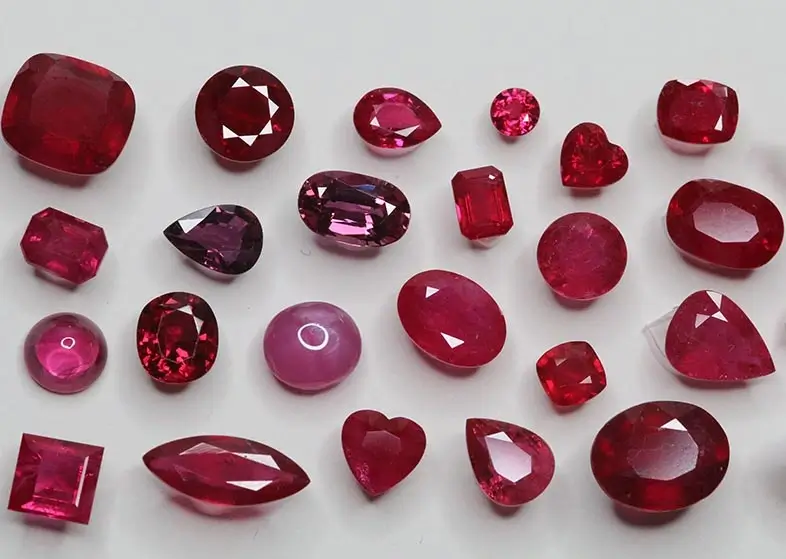
Exploring the characteristics of high-quality rubies
To explore the characteristics of high-quality rubies, delve into their color, clarity, cut, and carat weight. Each sub-section will provide insights into these essential aspects, aiding your understanding of how they contribute to the overall value and cost of rubies in the market.
Color
The color of high-quality rubies is a key factor that adds to their allure. Rubies have many shades, from vivid red to deep pink and even purplish-red. Let’s explore the ruby colors further!
| Color | Description |
| Pigeon Blood Red | Most desirable; pure red hue with a hint of blue. |
| Vivid Red | Intense crimson shade with extraordinary brilliance. |
| Deep Pink | Rich pink with warmth. Exudes elegance and femininity. |
| Purplish-Red | Mix of red & violet. Unique, captivating and alluring. |
Secondary hues can also influence the overall look of rubies. These hues range from orange to purple, adding depth and character. These colors also affect the value of rubies.
Throughout history, rubies have been of great importance to many cultures. Ancient civilizations viewed them as symbols of power, passion, and protection. The red color was linked to vitality and bravery.

Clarity
The transparency of a top-notch ruby determines its clarity. Those with superb clarity allow light to shine through with no obstruction, creating a brilliant and vibrant look.
Now, let’s explore the qualities that determine ruby clarity:
| Clarity Grade | Description |
|---|---|
| FL/IF | Flawless or Internally Flawless rubies are rare and have no inclusions seen under 10x magnification. |
| VVS1/VVS2 | Very Very Slightly Included rubies have minor inclusions that are hard to spot without magnification. |
| VS1/VS2 | Very Slightly Included rubies have minor inclusions that can be noticed upon close inspection. |
| SI1/SI2 | Slightly Included rubies have visible inclusions which may slightly affect their transparency. |
To assess the clarity of a ruby, it is best to check its grading certificate from a dependable gemological laboratory. This cert will provide details about the gemstone’s internal features.
Gemologists use tools like loupe and microscope to look for any flaws in the ruby. They examine the kind, size, position and number of inclusions in the stone.
Tip: When buying a high-quality ruby, go for higher clarity grades for the best brilliance and beauty.
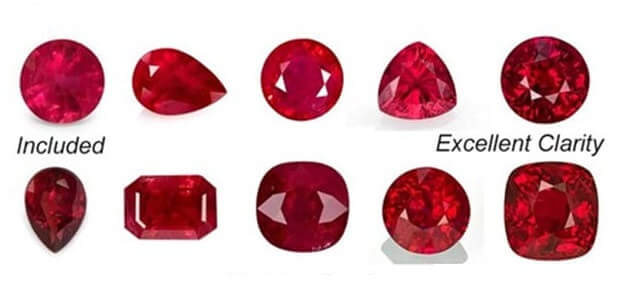
Cut
Size matters for rubies! Bigger rubies have higher value and rarity, but need more careful cutting. Shape is essential too – oval, round, pear or cushion – each shape has its own charm. Facets are flat surfaces that reflect light and create patterns of shadows. Proportions must be balanced to get optimal light reflection. Precision in cutting is key for maximum brilliance. When selecting rubies, pay attention to their cut! It lets you find gems that shine and sparkle. Don’t miss out on the breathtaking beauty of a perfectly-cut ruby!
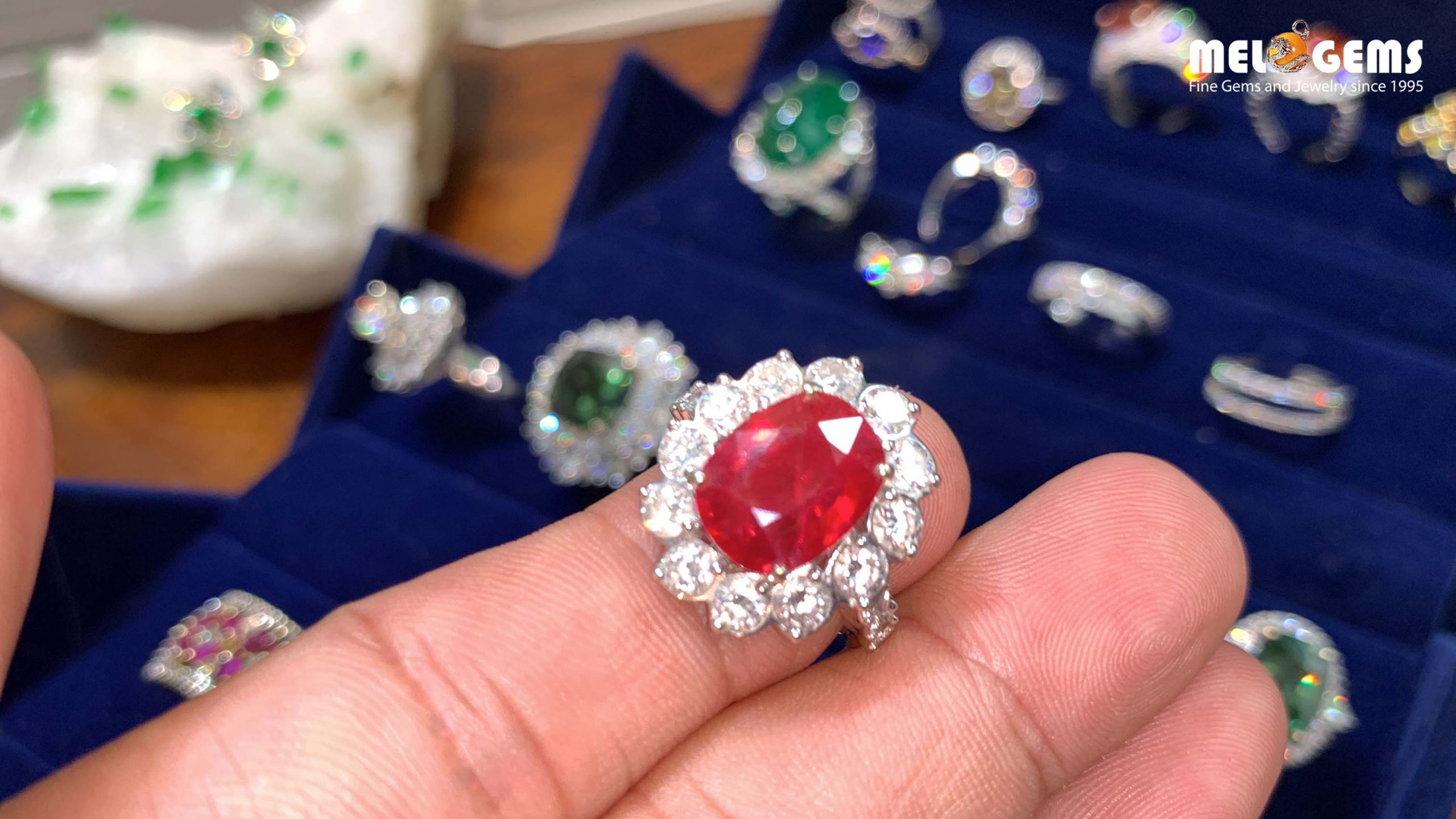
Carat Weight
The size of a ruby is indicated by its carat weight. Rubies range from a tiny fraction to several carats – with larger stones being rare and more desired. The table below illustrates this range of carat weights for high-quality rubies.
| Carat Weight |
|---|
| 1-2 carats |
| 2-3 carats |
| 3-4 carats |
| 4-5 carats |
| 5-6 carats |
High-quality rubies come in different sizes, giving each customer unique opportunities for customization and personalization. In a far-off mountain village, a miner found an extraordinary 5-carat ruby. This beautiful, rare gemstone brought him joy and wealth. The mystique surrounding rubies is real and proves to be life-changing.
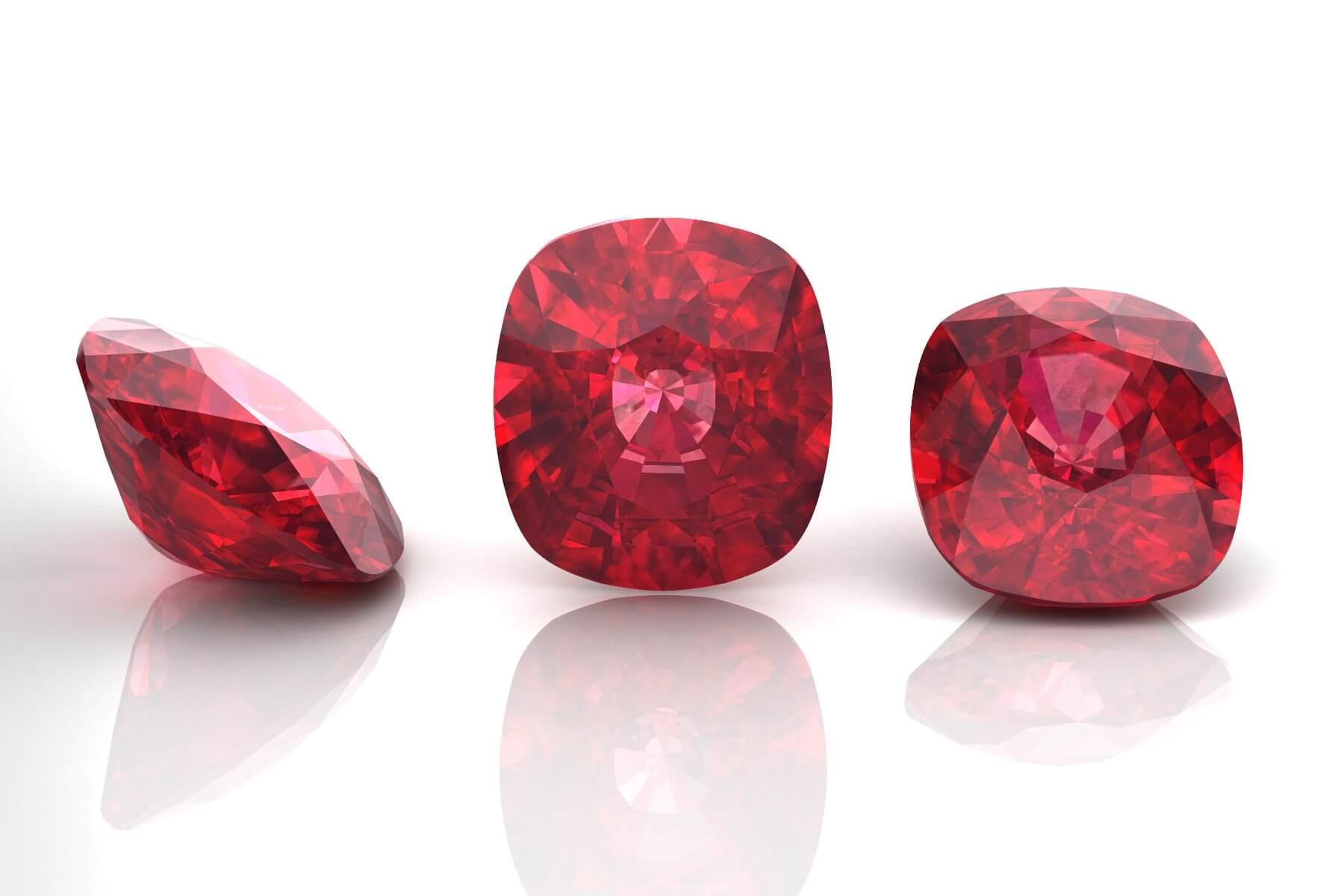
Factors affecting the price of Ruby
To understand the factors affecting the price of ruby, delve into the origin of the ruby, treatment methods, and consider the market demand and availability. Get insights on how these aspects influence the cost per gram of this precious gemstone.
Origin of the Ruby
The Ruby’s origin has a huge impact on its price. Burmese rubies, specifically from Mogok, are prized for their rich red color and top-notch quality. They have a long history of being rare gems, and some of the best in the world. Rubies from other areas, like Thailand, Sri Lanka, and Madagascar, can also make their mark, but may not reach the same level of desirability. Color, clarity, and size are all factors in how much a ruby is worth.
If a ruby is natural and untreated, it will be worth more because of its authenticity and purity. On the other hand, heat-treated rubies or those with fillers to improve their looks may not be as valuable. So, it’s important to consider all these things when buying a ruby. Get a reputable jeweler who can certify it, so you can be sure it’s real and ethically sourced. Don’t miss out on owning a rare and beautiful Burmese ruby or another gorgeous variety. Look for reliable sources and choose wisely to add a touch of elegance and luxury to your collection or adornment.
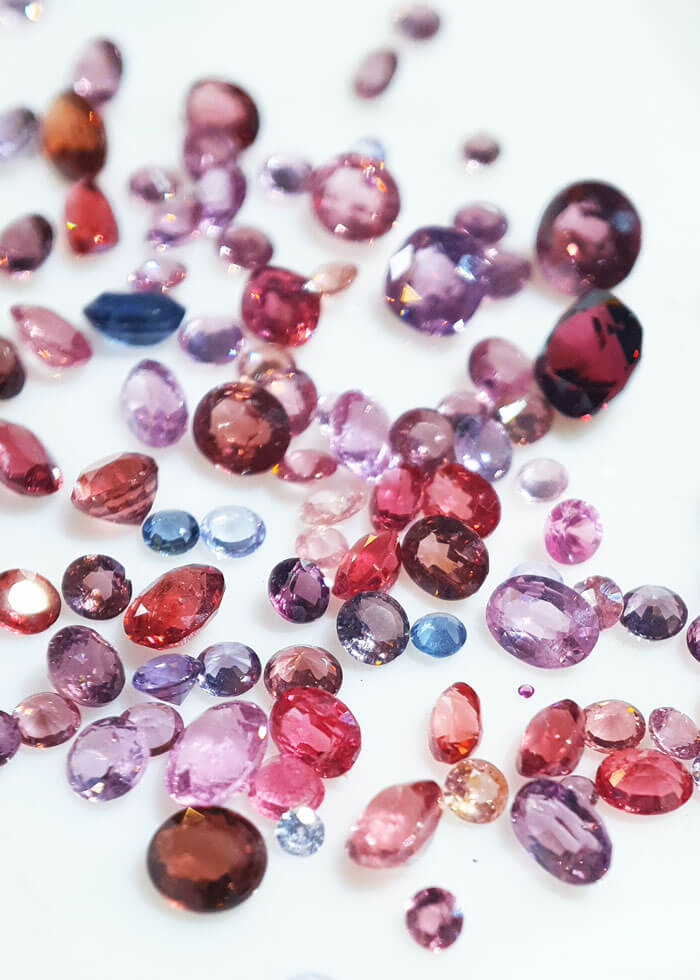
Treatment of the Ruby
Rubies can be subjected to certain treatments to upgrade their color and clarity – making them more valuable. Heat treatment, filling with lead glass, and fracture filling are some of these treatments.
A variety of methods can be used to make ruby appear better. Heat treatment might be used to give it a brighter color. Lead glass can be added to improve clarity. And fractures within the gemstone can be fixed by fracture filling.
Once, in Myanmar’s gem markets, an extraordinary untreated ruby was found. This precious gem was adored for its natural magnificence and immaculateness. Its mesmerizing red shade and perfect clarity made it stand out from other treated rubies.
This rare ruby’s exceptional features made it sought after by collectors around the world. It was a reminder of the beauty found in nature – without any treatments.
Explore the 1-carat ruby price at Melogems!
Market demand and availability
The rarity of Ruby makes it highly sought after. Its eye-catching red hue and exceptional clarity add to its popularity. Plus, it has been linked to love, passion, and wealth for a long time, causing a spike in demand.
On the other hand, availability depends on mining operations. An increase or decrease in Ruby deposits will affect supply. Global trade dynamics also influence import and export.
Here are some tips when dealing with Rubies:
- Have multiple sources: Buying Rubies from different regions known for quality gems can ensure a steady supply.
- Stay informed: Learn about current mining activities in key areas like Burma, Thailand, Sri Lanka, India, or Mozambique.
- Consult experts: Get advice from professionals in the industry. They can tell you when it’s best to buy or sell Rubies based on market trends.
These steps can help you navigate the Ruby market better. Comprehending the link between demand and availability can help you make better decisions and earn more in this ever-changing gemstone market.
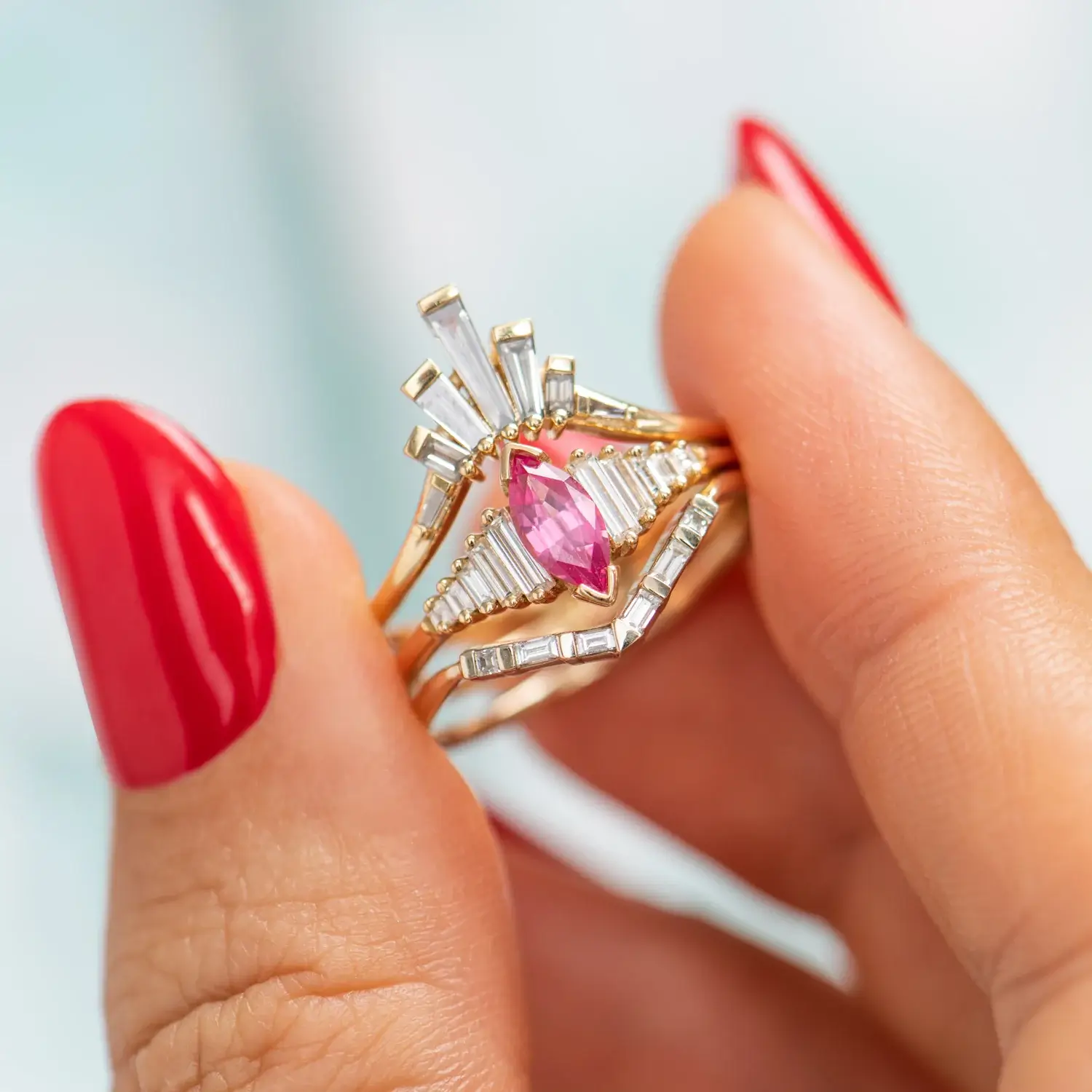
Average price range of Ruby per gram
The price of Ruby per gram can differ a lot, based on quality, size, color, and origin. Natural Rubies are usually more pricey than synthetics.
Check out the table below for an idea of the price range of Ruby per gram:
| Quality | Color | Origin | Price Range (per gram) |
|---|---|---|---|
| High | Deep Red | Myanmar | $500 – $3,000 |
| Medium | Pink | Sri Lanka | $300 – $1,500 |
| Low | Orange | Thailand | $100 – $800 |
Note that these prices may change. It’s best to ask a gemologist or jeweler for more accurate pricing info.
Unique factors, such as inclusions or treatments, can also affect the price range of Ruby per gram.
Here are some tips when choosing a Ruby:
- Buy from reliable sources that provide certificates. This ensures you get a genuine and high-quality Ruby.
- Learn about Rubies and their characteristics. This will help you find one that meets your criteria and budget.
- Consider Rubies from lesser-known origins or with lower grades. These can be beautiful and affordable.
Do your research and consult experts before making a purchase. The price range of Ruby per gram varies, so it’s important to be informed.
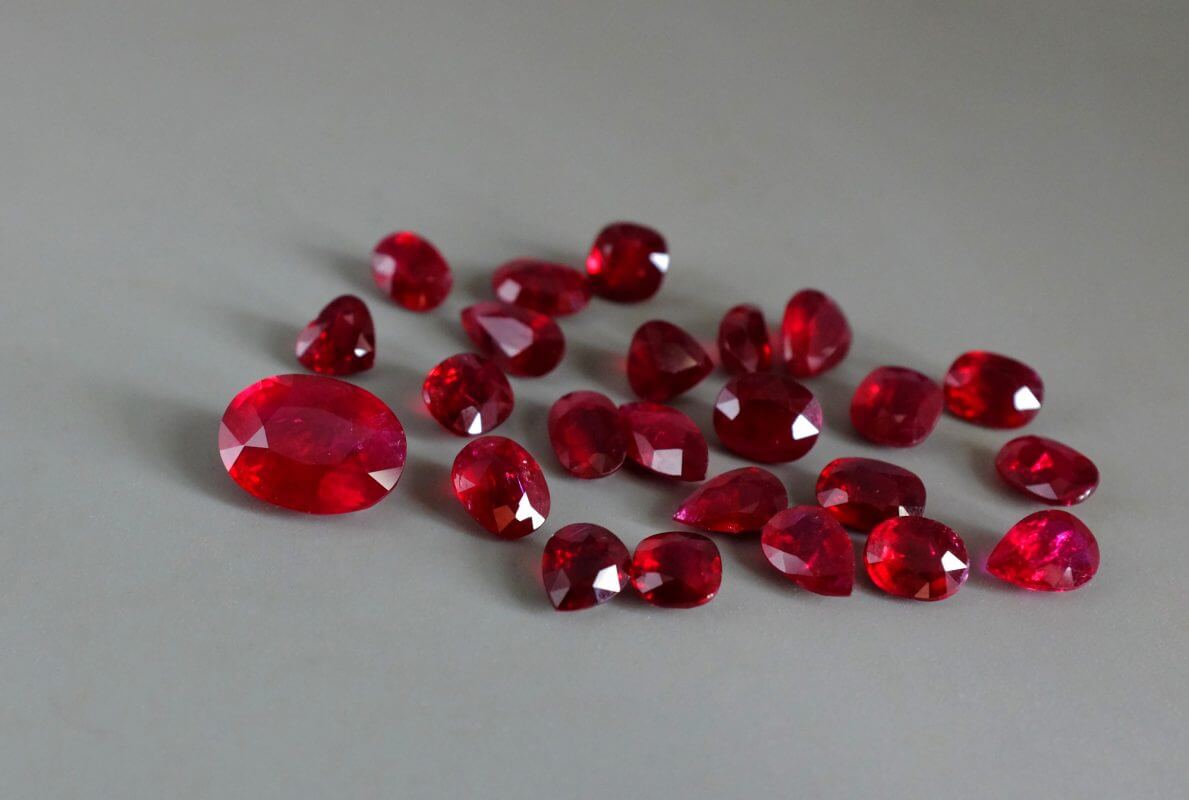
Tips for buying Ruby
To make confident purchases when buying ruby, use these tips for researching reputable sellers, assessing the quality of the gemstone, and comparing prices to make informed decisions. By following these steps, you can navigate the market and find the best value for your money when purchasing ruby.
Researching reputable sellers
Researching sellers? Here’s a table for ya:
| Factor | Importance |
|---|---|
| Track Record | High |
| Customer Reviews | High |
| Certifications | High |
| Transparency | Medium |
| Ethical Sourcing | Medium |
| Return Policy | Low |
Unique details like transparency and ethical sourcing are important when shopping for rubies.
Once, I had the chance to buy a ruby from a famous seller. Their track record was perfect! Plus, the gem was certified by a trustworthy institution. They gave me info about the origin and quality of the gem. The buying process was smooth and I felt confident in my purchase.
Assessing the quality of the Ruby
Evaluating a ruby’s quality? Consider these key factors!
- Vibrant, pure red hue.
- No visible inclusions.
- Well-cut to show brilliance and color intensity.
- Carat weight impacts value, but smaller rubies can still be valuable.
- Rubies from Burma and Kashmir are highly coveted.
An anecdote: An exquisite ruby necklace was actually made of glass!
Assess the color, clarity, cut, carat weight, and origin to find a high-quality ruby.
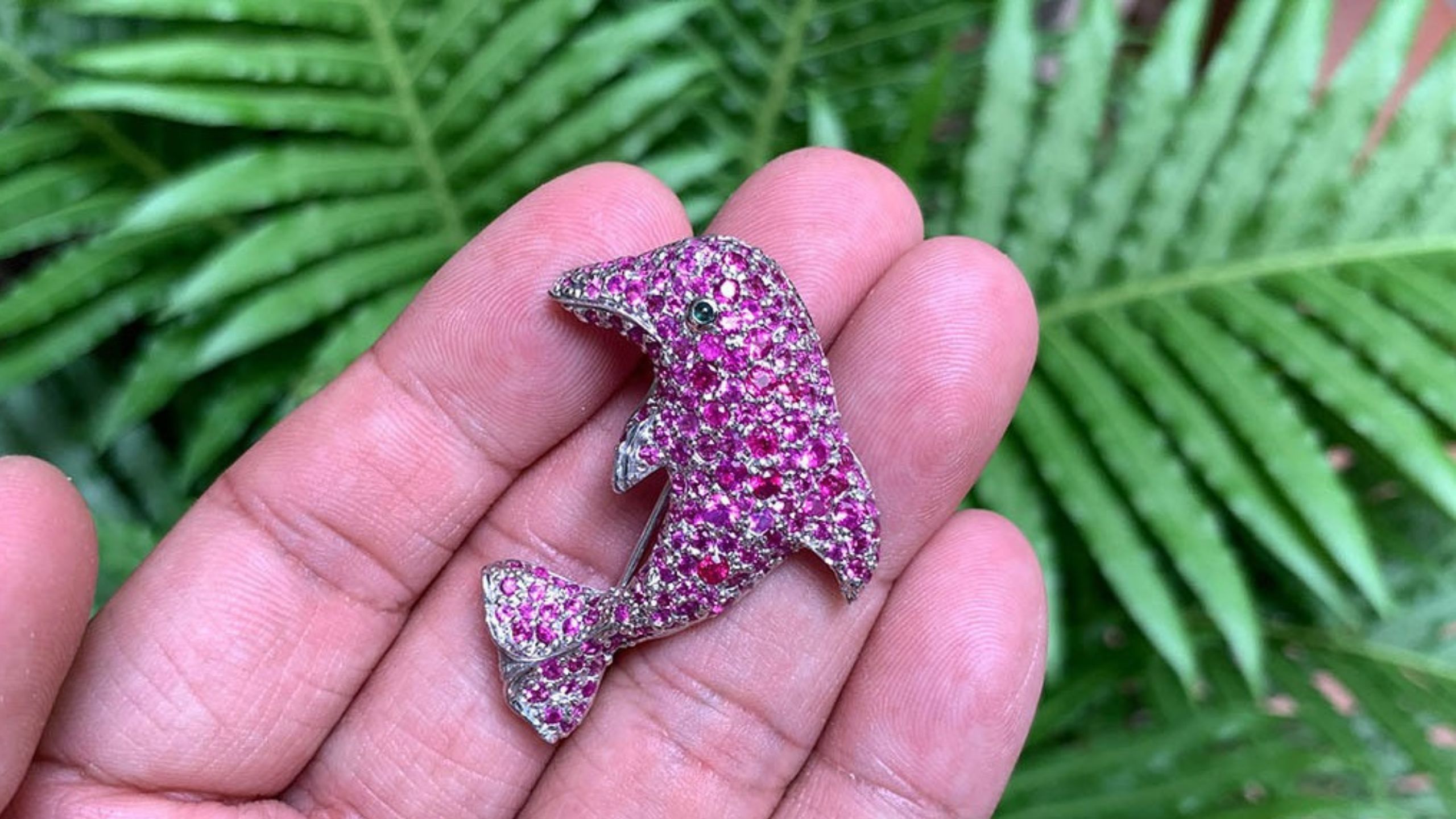
Comparing prices and making informed decisions
When you’re purchasing ruby, it’s important to compare prices and make wise decisions. This’ll guarantee you get the best value and sidestep any potential scams or overpriced gems.
To assist you in this process, here’s a table showing vital things to consider when comparing prices and making informed decisions while buying ruby:
| Factor | Description |
|---|---|
| Color | Look for vivid, intense colors like pigeon blood red or deep pink. |
| Clarity | Check for any visible blemishes or inclusions that may affect the gem’s beauty. |
| Carat Weight | Weigh the size and weight of the ruby as it affects its value. |
| Cut | Evaluate how well the ruby has been cut to maximize its brilliance. |
| Origin | Certain origins like Burma or Mozambique are known for high-quality rubies. |
| Certification | Ensure the ruby has a reliable certification from a recognized authority. |
In addition to these factors, it’s important to educate yourself about different types of rubies, their features, and current market trends. This knowledge will help you make more informed decisions when comparing prices.
Pro Tip: Get advice from a reliable gemologist or professional jeweler who can provide expert advice on buying rubies.
By doing this, you can go into the market confidently and find a gorgeous ruby that meets your expectations in terms of quality and price. So go ahead and start your thrilling journey of buying a ravishing piece of nature’s treasure!
Conclusion
In our quest to understand the cost of Ruby per gram, we’ve examined and discussed many factors. Let’s now draw some conclusions!
It is essential to consider: color, clarity, cut, carat weight, and origin. These variables have a huge impact on the value of this precious gemstone.
Market demand and rarity also affect Ruby’s price per gram. The rarer and more desirable it is, the pricier it gets.
Quality variations within each category can cause major price differences. So, comparing different options is vital to get a good deal.
The current prices may change, so research and consulting with experienced jewelers is advised.
Did you know? Myanmar (formerly Burma) Rubies are famous for their vibrant red hue and historic importance. They’re highly sought after and command premium prices due to their beauty and scarcity. More information here
Frequently Asked Questions
Q: How much does ruby cost per gram?
A: The price of ruby per gram can vary widely depending on factors such as quality, color, clarity, and origin. On average, you can expect to pay anywhere from $1000 to $10,000 per gram for high-quality ruby.
Q: What determines the price of ruby?
A: Several factors influence the price of ruby, including carat weight, color saturation, clarity, cut, and origin. Highly saturated red rubies with minimal inclusion and larger carat sizes generally command a higher price.
Q: Are treated rubies cheaper?
A: Treated rubies, such as heat-treated or filled rubies, are usually more affordable than untreated natural rubies. However, the price can still vary depending on the quality of the treatment and the overall characteristics of the gemstone.
Q: Can I buy ruby per gram?
A: Ruby is typically sold by carat weight rather than per gram. However, you can calculate the price per gram by dividing the cost of the gemstone by its weight in grams.
Q: Is it better to buy a larger ruby or a higher quality smaller ruby?
A: The choice between a larger but lower quality ruby and a smaller but higher quality ruby depends on personal preference and budget. Both options have their own appeal, so it’s essential to consider your priorities and desired characteristics in a ruby.
Q: Where can I buy ruby gemstones?
A: You can purchase ruby gemstones from various sources, including reputable jewelry stores, gemstone dealers, and online platforms. It’s important to ensure that you buy from a trusted source that provides proper certification and guarantees the authenticity of the gemstone.

